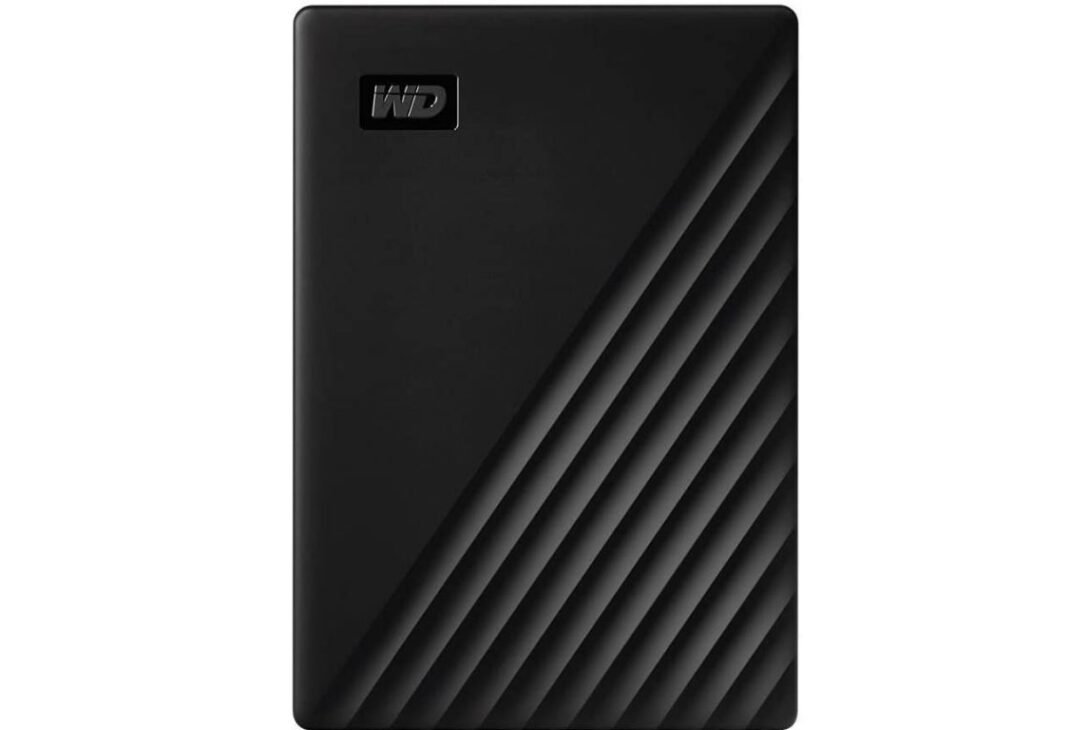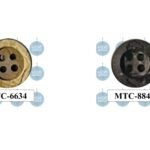PC Hard Drive Upgrading your PC with a new hard drive is one of the most effective ways to boost its storage capacity and performance. Whether you’re a student, professional, gamer, or everyday user, installing a hard drive by yourself might sound intimidating—but it’s easier than you think. As storage needs increase, more users are opting to add or replace hard drives themselves rather than relying on a technician. If you’re considering a 1 TB upgrade, understanding the PC Hard Drive, installation process, and what to expect is essential.
At Pentoink, we’re committed to helping you make confident tech decisions without unnecessary complexity. This beginner’s guide walks you through everything you need to know about installing a PC hard drive on your own.
Why Consider Installing a New Hard Drive?
The main reason most users consider adding or replacing a hard drive is storage. Whether you’re running out of space for your media library or need better performance for work-related tasks, upgrading your drive is an easy way to breathe new life into your PC. A 1 TB drive provides a generous amount of storage for files, videos, games, and applications. And with the 1 TB hard drive price more affordable than ever in 2025, it makes sense for anyone who needs extra space without investing in a whole new system.
Understanding the 1 TB Hard Drive Price in 2025
One of the most common questions first-time upgraders ask is about the PC Hard Drive. In 2025, prices vary depending on the type of drive and the features included. Traditional HDDs offer the lowest prices and are ideal for users who need storage for photos, documents, and videos. SSDs are faster and more durable, offering improved system responsiveness, though they come at a slightly higher price.
At Pentoink, we offer both internal HDDs and SSDs with clear, competitive pricing. Whether you’re upgrading a desktop PC for general use or installing a high-speed SSD for video editing or gaming, we provide storage solutions that meet your needs and budget. When comparing PC Hard Drive options, remember to consider long-term performance and warranty coverage, not just the sticker price.
Preparing for Installation: What You Need
Before you begin installation, make sure you have the right tools and environment. You’ll need a compatible PC Hard Drive, a screwdriver, SATA cables (if not already installed), and your computer’s manual or motherboard guide. Make sure your PC is powered off and unplugged. Place it on a clean, flat surface to open the case safely.
Locate the drive bay where your hard drive will be installed. If you’re replacing an old drive, remove it carefully. If you’re adding a new one, be sure your motherboard has an available SATA port for connection. While this process may sound complex, most cases are built for easy access to these components.
PC Hard Drive
Once your PC is open and you’ve identified the drive bay, slide your PC Hard Drive into the slot and screw it into place securely. Connect one end of the SATA cable to the hard drive and the other to the motherboard. Then connect the power cable from the power supply to the drive. After double-checking all connections, close your PC case and plug the system back in.
When you turn on your PC, enter BIOS or UEFI settings to ensure the drive is recognized. If you’re installing a brand-new drive, you’ll need to initialize and format it using the Disk Management tool in Windows or your operating system’s equivalent. Within minutes, your new drive should be up and running.
Making the Most of Your Storage Upgrade
Now that your 1 TB drive is installed, it’s time to organize your digital life. You can choose to install software, store media files, or even use the new drive as a dedicated backup system. The combination of increased space and faster access makes a big difference in everyday use.



